- DroidAfrica
- Huawei
- Huawei P40 Pro
Huawei P40 Pro

Huawei P40 Pro Highlights and Overview
The Huawei P40 Pro is the higher variant of the P40. The major difference between the P40 and the P40 Pro is in display and camera abilities. The screen on the P40 Pro is pumped to 6.58-inch with 1200 x 2640 pixels resolution. There is a pill-notch to the top left corner of the device, and the display is same OLED panel with above 90% screen-to-body ratio.
In the hardware department, the Huawei P40 Pro is powered by same HiSilicon Kirin 990 with 7nm+ EUV processor, comprising of a dual-core 2.86 GHz Cortex-A76, dual-core 2.36 GHz Cortex-A76 and a quad-core 1.95 GHz Cortex-A55 CPUs, along with Mali-G76 MP16 GPU. There is a single 8GB RAM option, but storage starts from 128GB to a staggering 512GB internal memory, which can be further expanded via a Nano Memory (NM) slot.
As for the optics, the Huawei P40 Pro has four camera modules at the back. The main sensor is a 50-megapixel unit featuring f/1.9 aperture, OIS and omni-directional PDAF. The second sensor is Periscope 12-megapixel telephoto lens with OIS, PDAF and 5X optical zoom. The third sensor is a 40-megapixel ultra-wide angle lens with f/1.8 aperture. And finally, there is a fourth TOF 3D depth lens. At the front, there is same 32-megapixel selfie sensor, kept alongside an TOF 3D sensor for both depth sensing and bio-metrics scanning.
The battery that powers the P40 Pro is a 4200mAh unit, and it has support for 40W fast wired charging and 27W fast wireless charging. The device comes with an in-screen fingerprint scanner, and available in Silver Frost, Blush Gold, Deep Sea Blue, Ice White and Black colors, with either a single or dual SIM card along with IP68 certification. The device boot Android 10 based on EMUI v10.1 with Huawei Mobile Service (HMS). Other key specifications and silent features of the Huawei P40 Pro are contained in the specs table below.
Huawei P40 Pro Full Specifications and Features
NETWORK
| Technology | GSM / HSPA / LTE / 5G |
| 2G Network Bands | GSM 850 / 900 / 1800 / 1900 - SIM 1 & SIM 2 (dual-SIM model only) |
| 3G Network Bands | HSDPA 800 / 850 / 900 / 1700(AWS) / 1900 / 2100 |
| 4G Network Bands | LTE band 1(2100), 2(1900), 3(1800), 4(1700/2100), 5(850), 6(900), 7(2600), 8(900), 9(1800), 12(700), 17(700), 18(800), 19(800), 20(800), 26(850), 28(700), 32(1500), 34(2000), 38(2600), 39(1900), 40(2300), 41(2500), 66(1700/2100) |
| 5G Network Bands | 5G band 1(2100), 3(1800), 5(850), 28(700), 38(2600), 41(2500), 66(1700), 77(3700), 78(3500), 79(4700); SA/NSA |
| Speed | HSPA 42.2/5.76 Mbps, LTE-A, 5G (2+ Gbps DL) |
LAUNCH
| Also Known As |
- - |
BODY
| Dimensions | 158.2 x 72.6 x 9 mm |
| Weight | 209 grams |
| Build | Front/back glass (Gorilla Glass 6), aluminum frame |
| SIM Type | Single SIM (Nano-SIM) or Hybrid Dual SIM (Nano-SIM, dual stand-by) |
DISPLAY
| Display Type | OLED capacitive touchscreen, 16M colors |
| Size | 6.58 inches, 105.2 cm2 (~91.6% screen-to-body ratio) |
| Resolution | 1200 x 2640 pixels (~441 ppi density) |
PLATFORM
| Operating System | Android 10; EMUI 10.1 |
| Chipset | HiSilicon Kirin 990 (7 nm+ EUV) |
| CPU | Octa-core (2x2.86 GHz Cortex-A76 & 2x2.36 GHz Cortex-A76 & 4x1.95 GHz Cortex-A55) |
| GPU | Mali-G76 MP16 |
MEMORY
| RAM + ROM | 8 GB |
| Card Slot | Nano Memory (NM), up to 256GB (uses shared SIM slot) |
MAIN CAMERA
| Camera Type | Quadruple Lenses |
| Camera Sensor(s) | 50MP + 12MP + 40MP + 3D TOF Main Camera Sensors |
| Camera Features |
Autofocus Continuous autofocus Continuous shooting Digital zoom Optical zoom Digital image stabilization Optical image stabilization Geotagging Panorama HDR Touch focus Face detection White balance settings ISO settings Exposure compensation Self-timer Scene mode Macro mode Sensor size - 1/1.7" Leica camera Vario Summilux-H Phase detection Laser autofocus Focal length (35 mm equivalent) - 27 mm 720p @ 960 fps + Periscope 12 MP, f/3.4, 125mm (telephoto), PDAF, OIS, 5x optical zoom + 40 MP, f/1.8, 18mm (ultrawide), 1/1.54", PDAF + TOF 3D, (depth) |
| Video Resolution | 2160p@30/60fps, 1080p@30/60/120fps, 720p@960fps, gyro-EIS |
SELFIE CAMERA
| Camera Type | Single Lens |
| Camera Sensor(s) |
32 MP front-facing camera - IR TOF 3D, (Both depth and biometrics sensor only) |
| Camera Features |
3D face unlock HDR+ |
| Video Resolution | 2160p@30/60fps, 1080p@30/60fps |
SOUND
| Loudspeaker | Yes |
| Speaker Location | Chin, below display |
| Audio Jack Type | No |
CONNECTIVITY
| Bluetooth | Bluetooth 5.1, A2DP, aptX HD, LE |
| NFC | |
| GPS | Yes, with dual-band A-GPS, GLONASS, BDS, GALILEO, QZSS |
| FM Radio | No |
BATTERY
| Battery Capacity | Non-removable Li-Po 4200 mAh battery |
| Wireless Charging | Yes, Fast reverse wireless charging 27W |
| Talk Time Talk Time is the longest time that a single battery charge will last when you are constantly talking on the phone under perfect conditions, Ambient temperature and highly dependent on the cellular network environment such as the distance to the closest cell network tower. | Up to 28 hours |
| Stand-by | Up to 700 hours |
OTHER FEATURES
| Sensors | Fingerprint (side-mounted), accelerometer, proximity, compass |
| Box Contents | Charging Brick / USB cable |
Huawei P40 Pro User Reviews and Opinions
Disclaimer Note
This specification was entered manually, hence we CANNOT guarantee 100% accuracy. Any error? Let us know in the comment section.






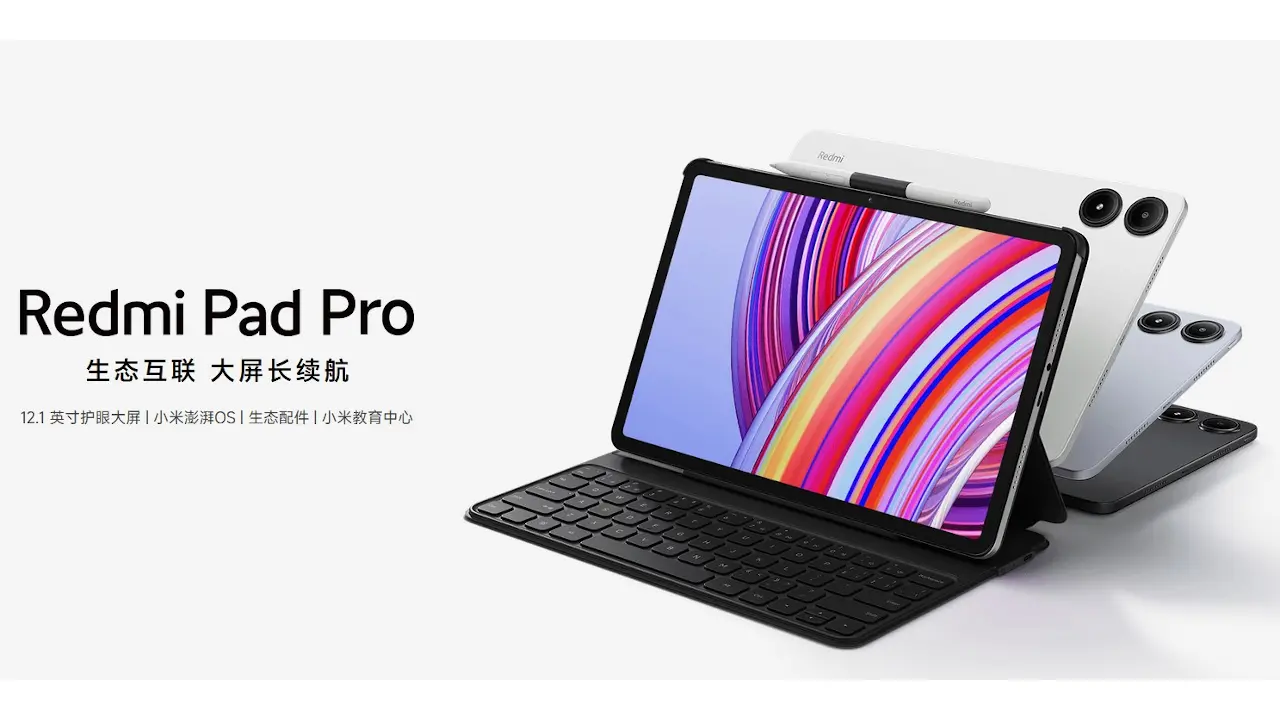
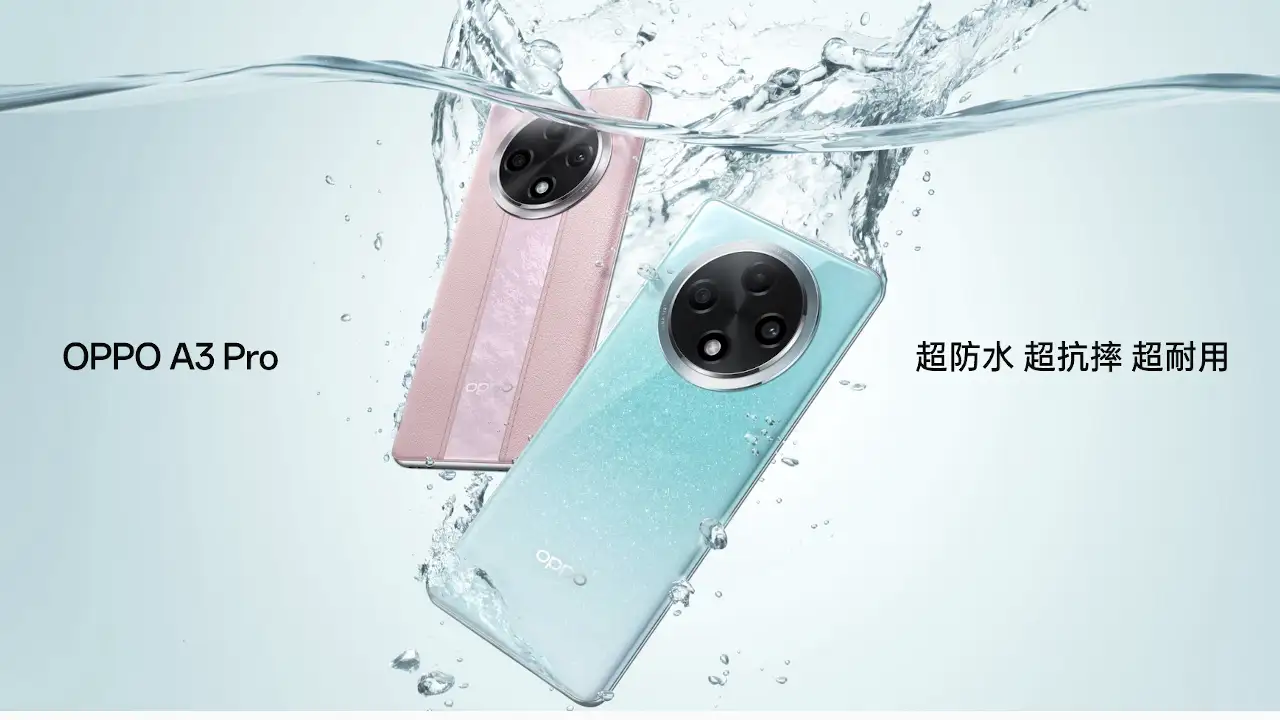

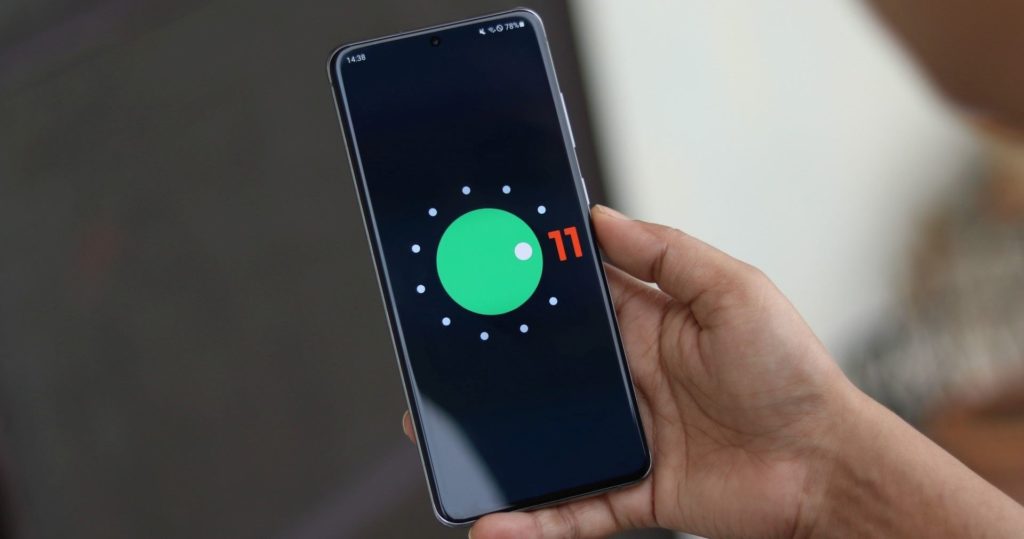
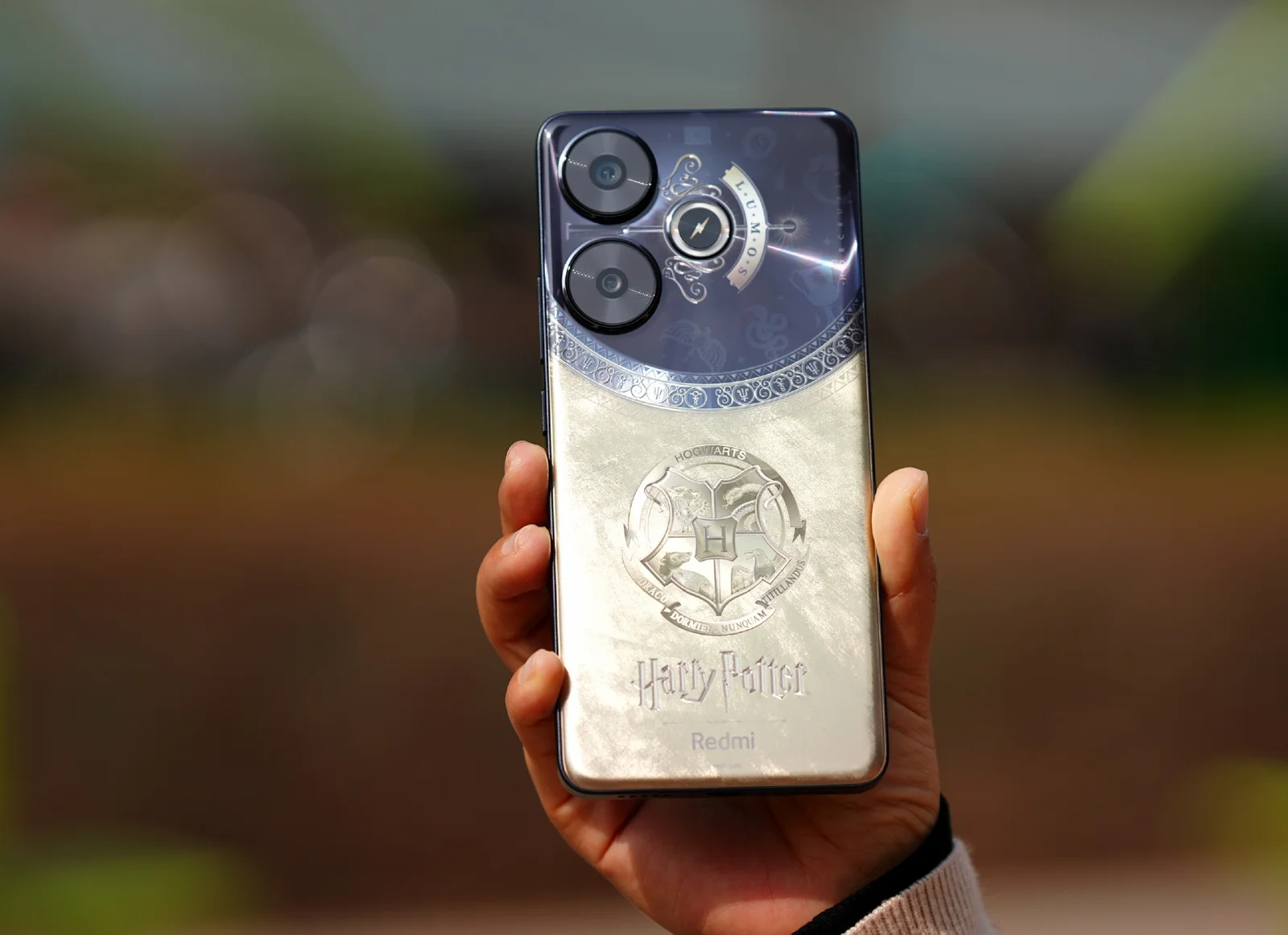
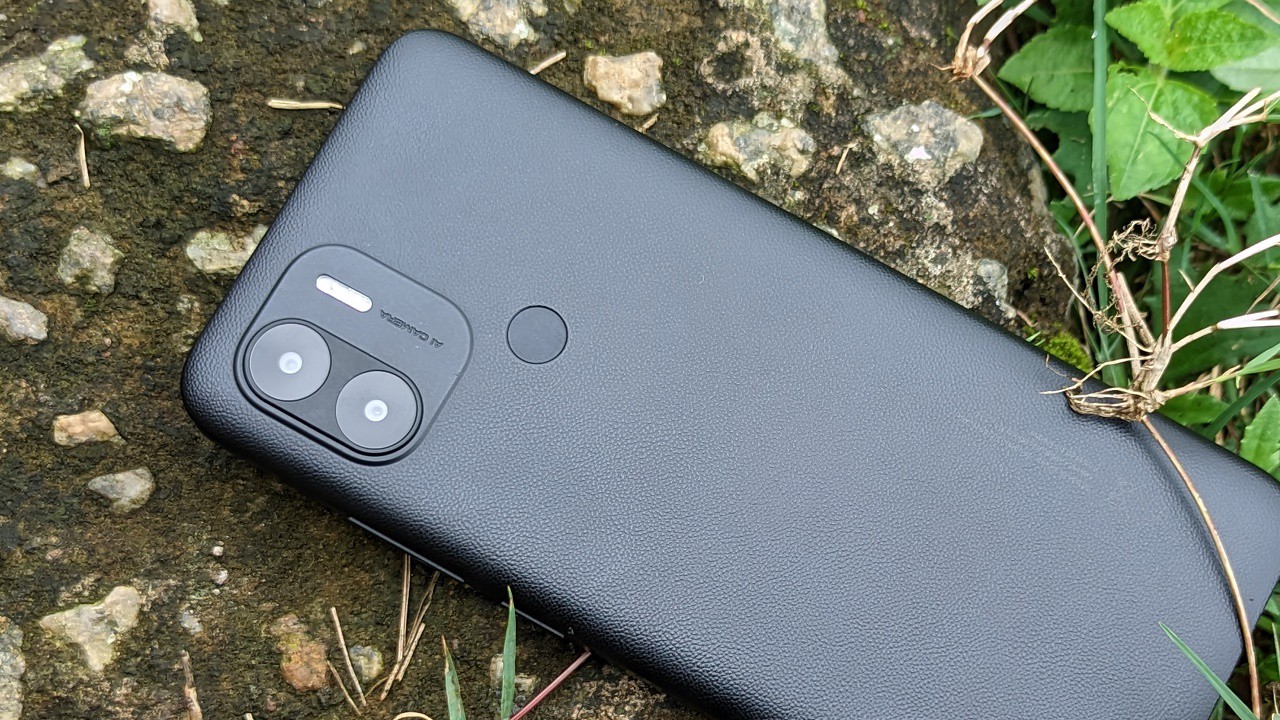
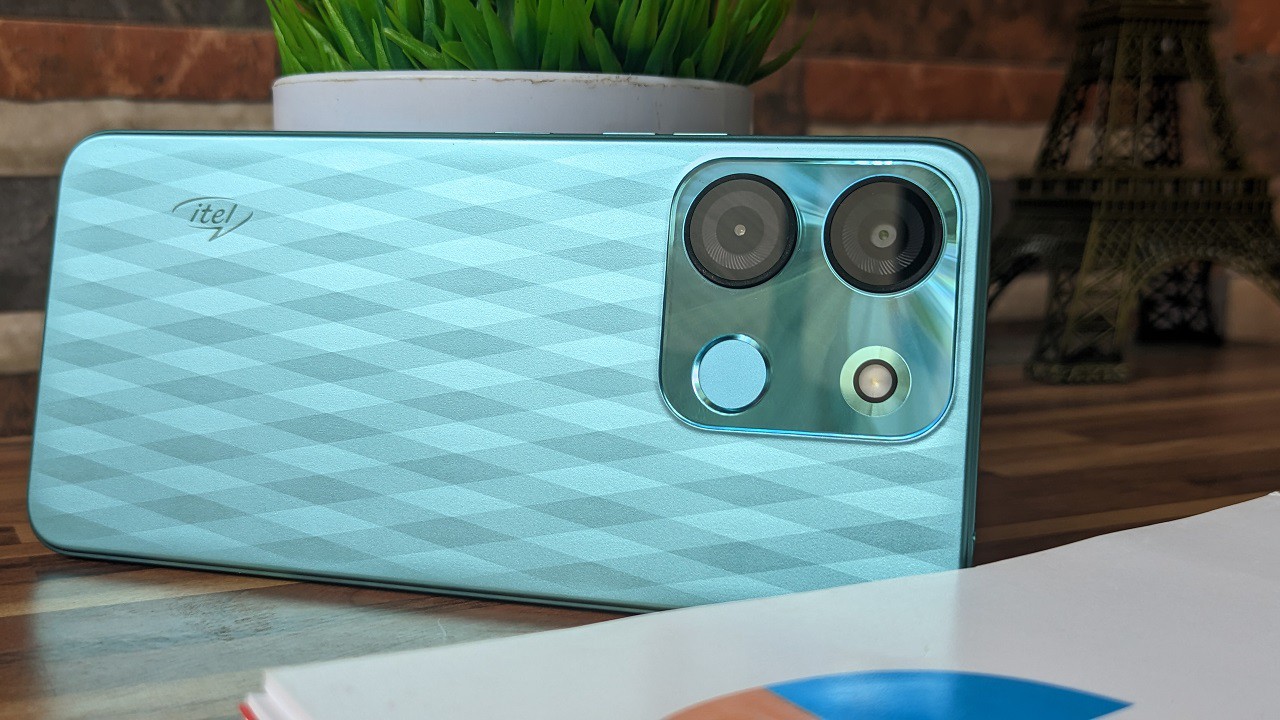
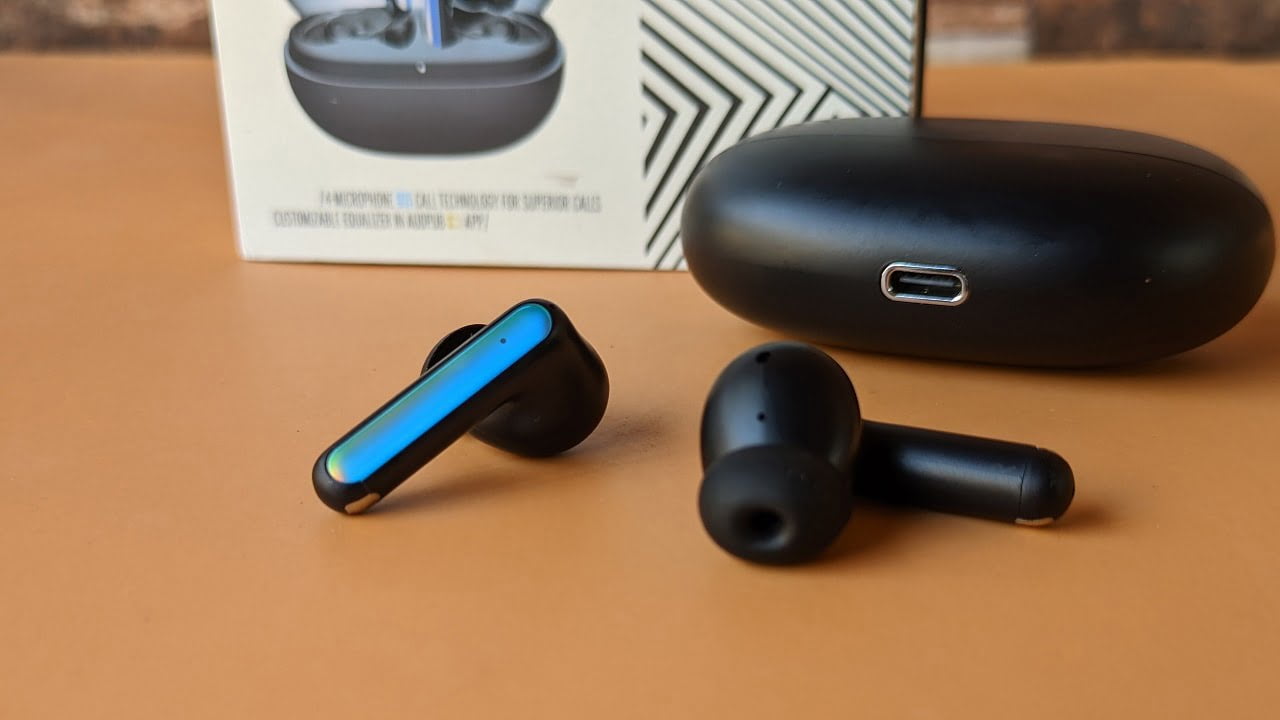
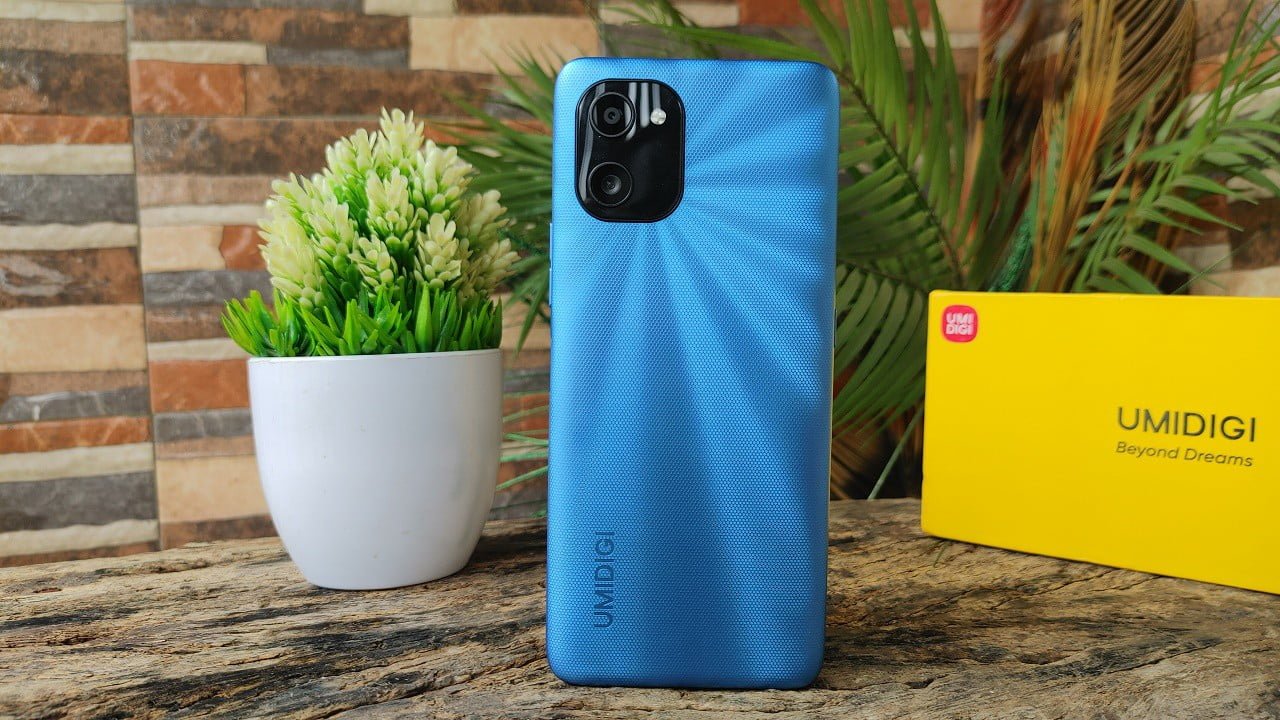
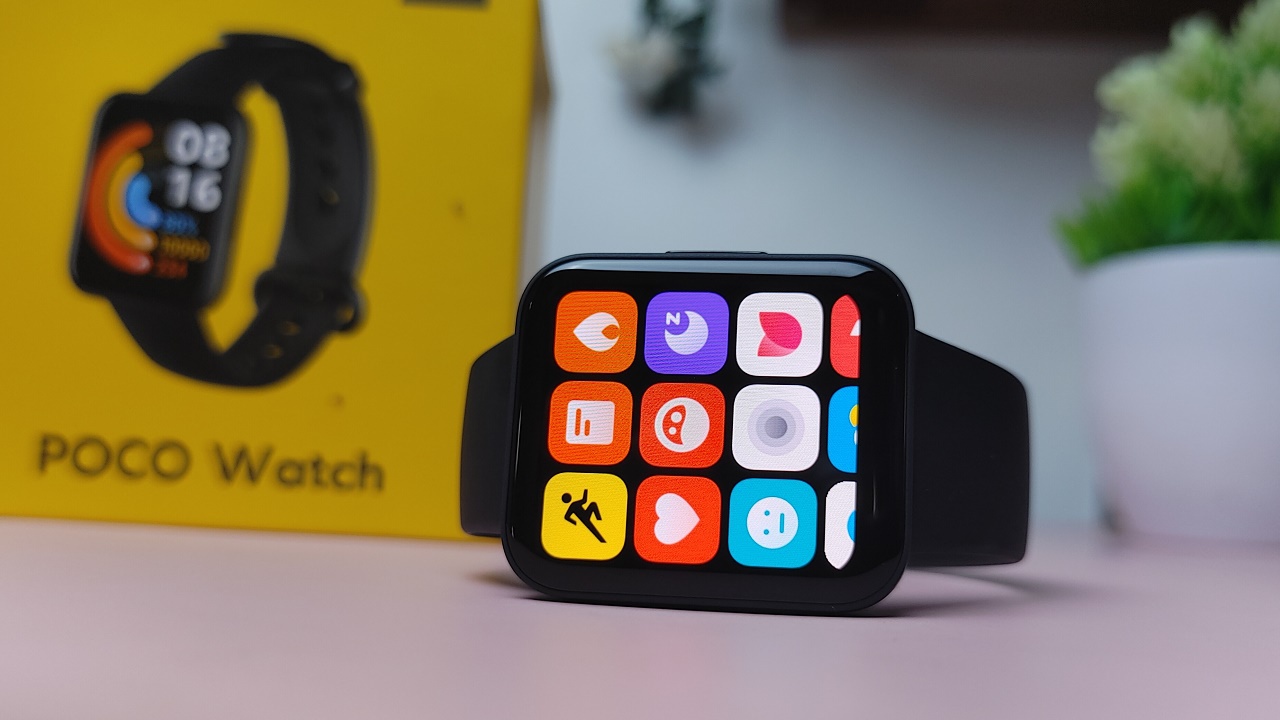
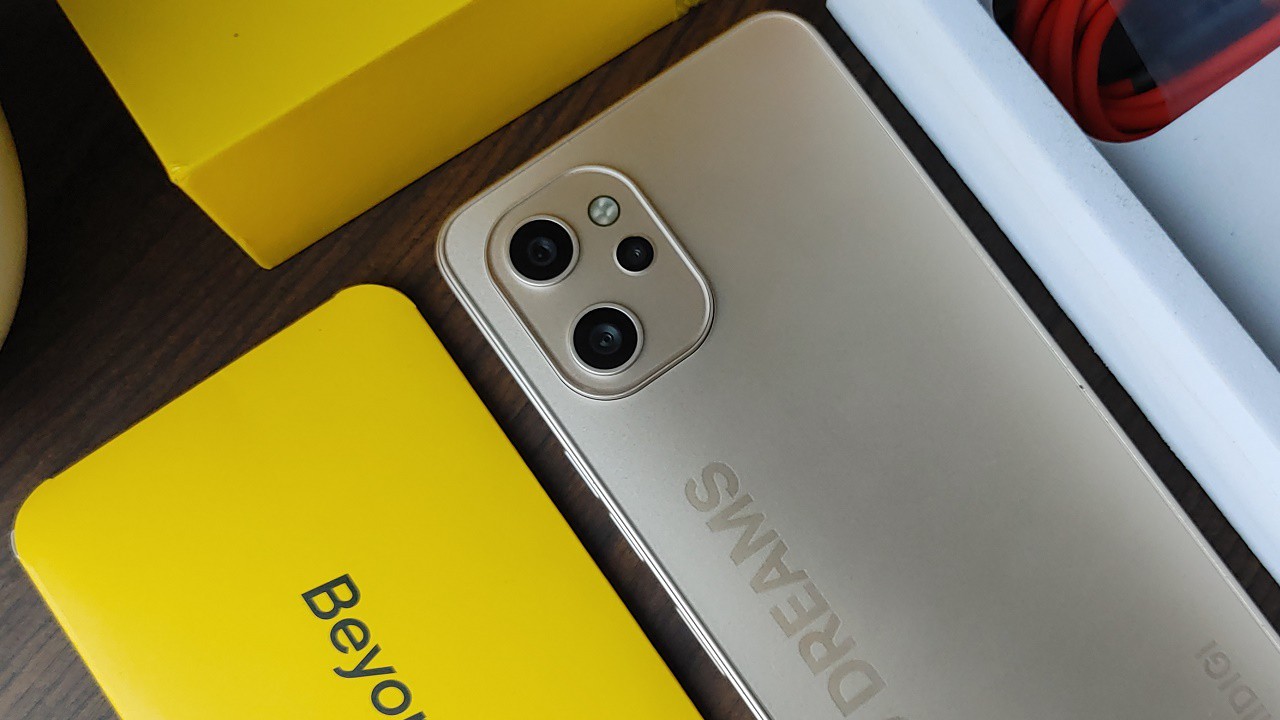
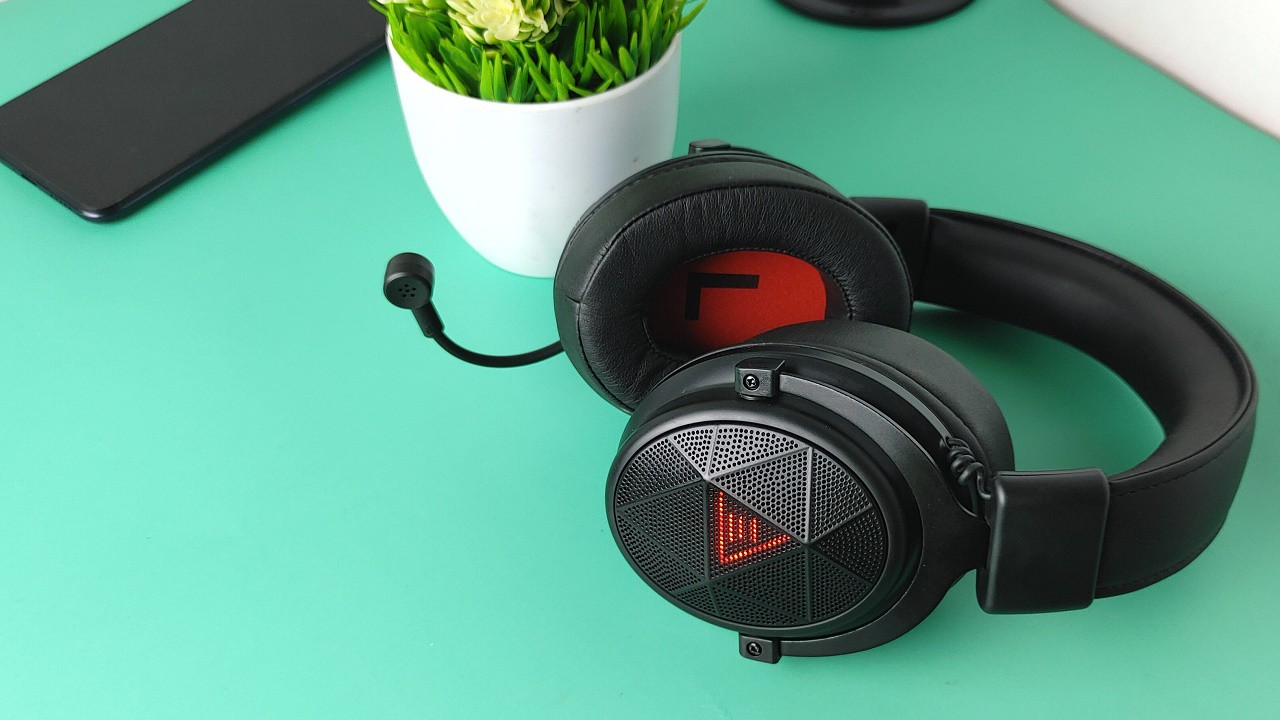

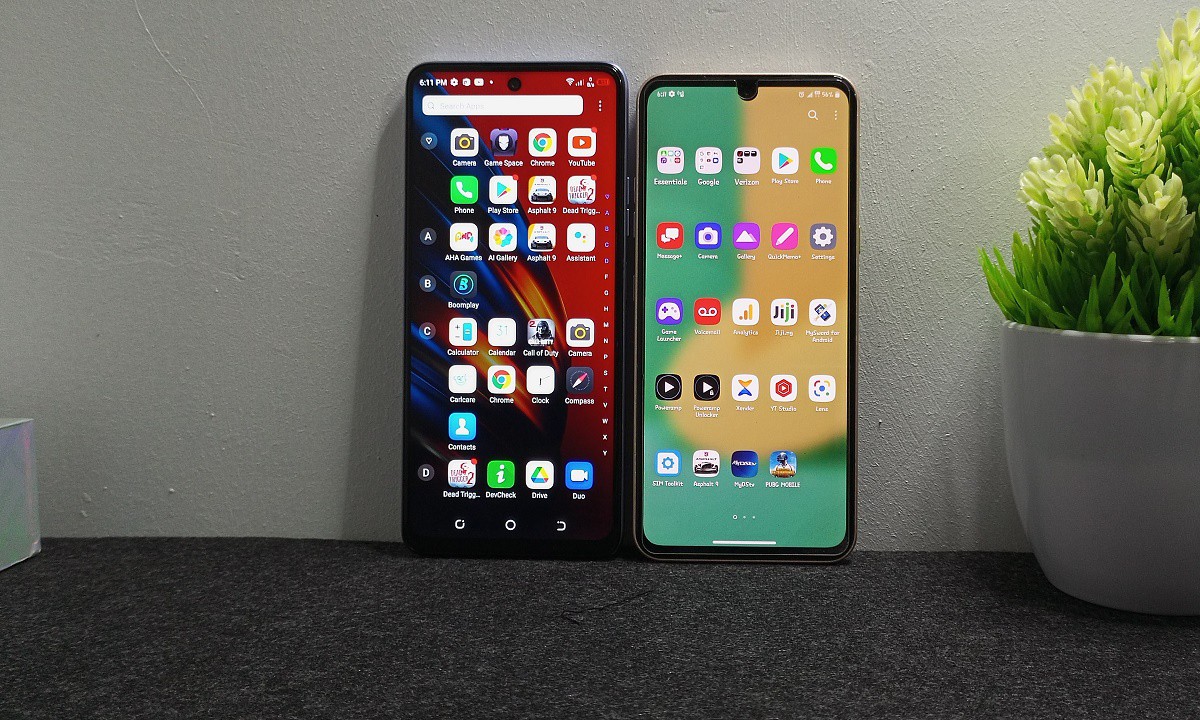
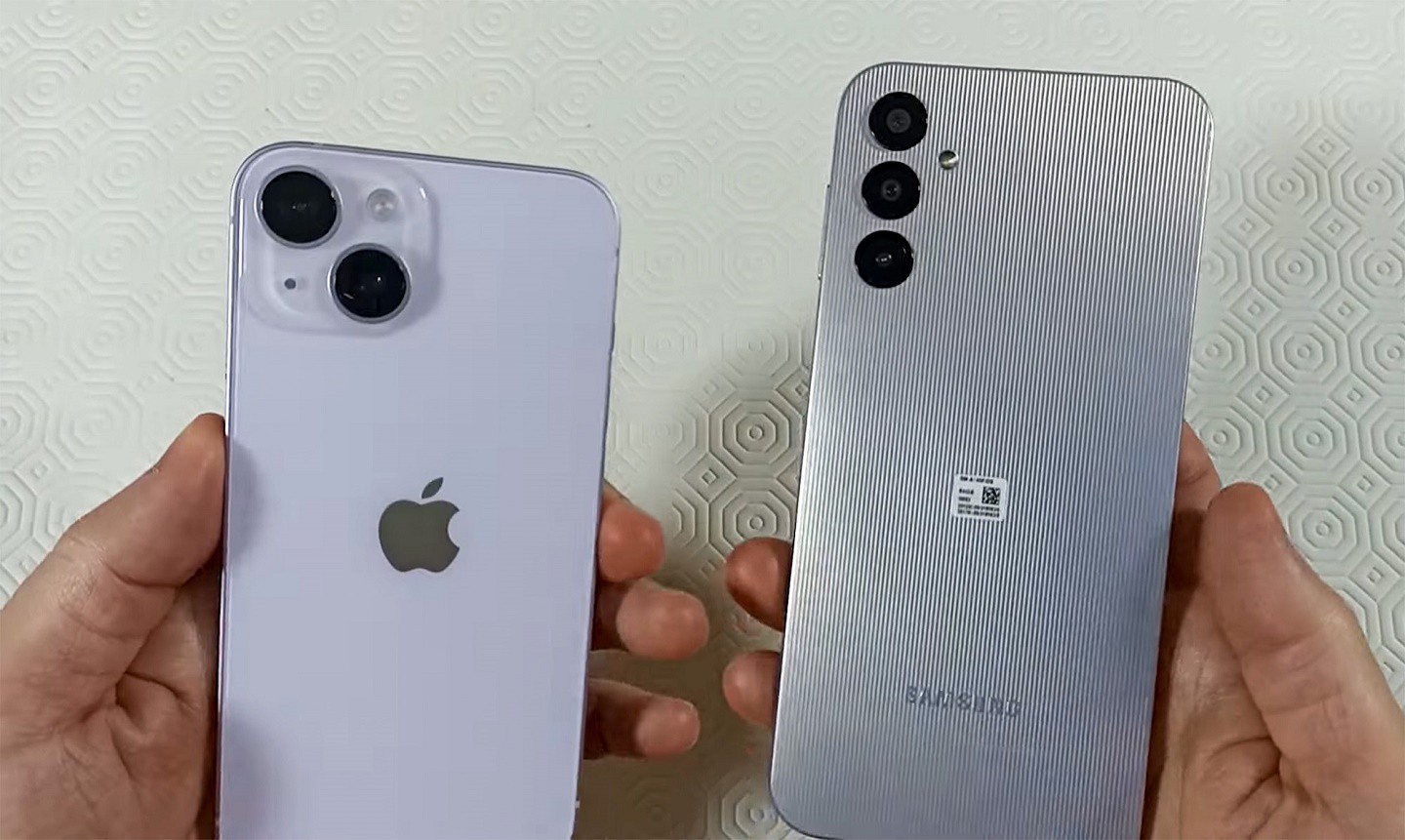
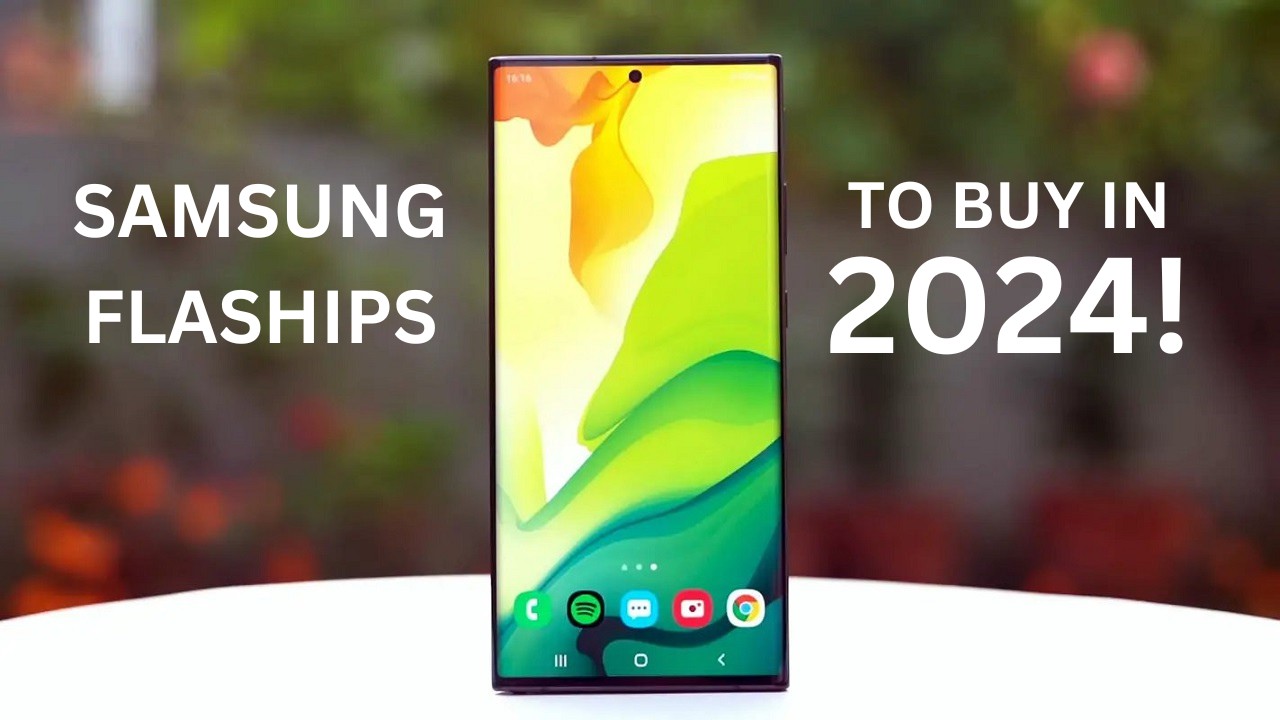
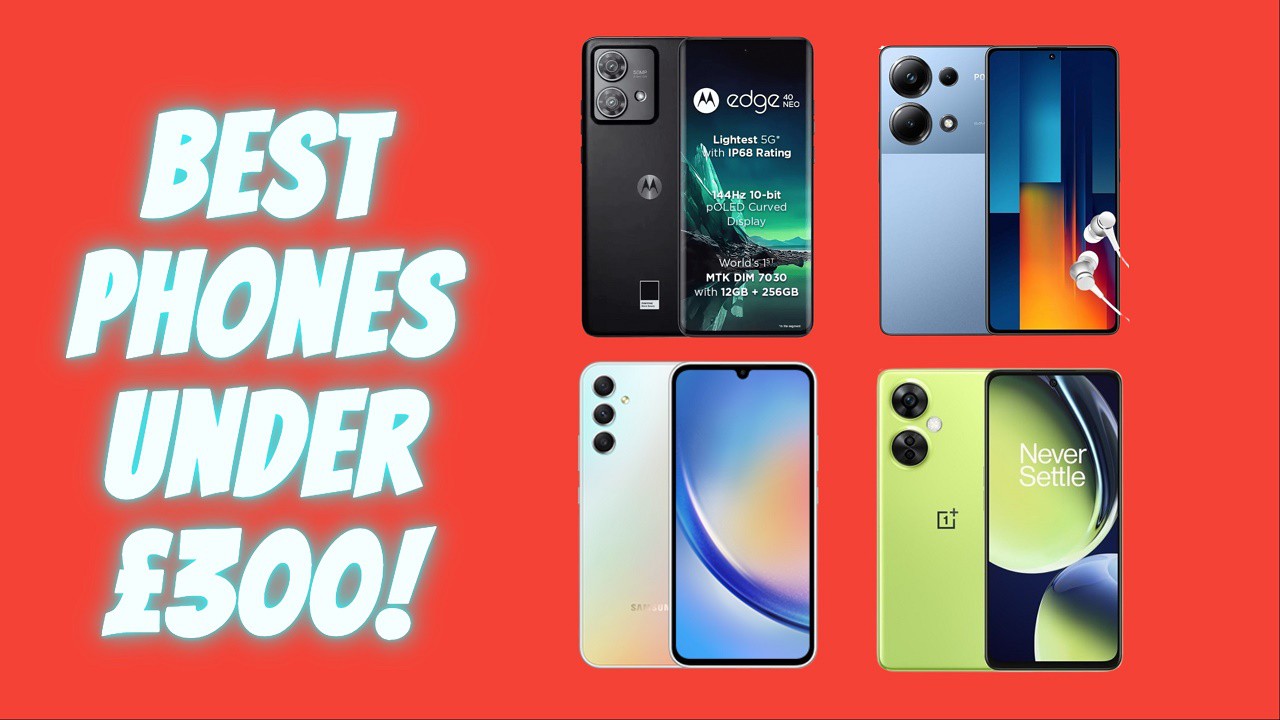
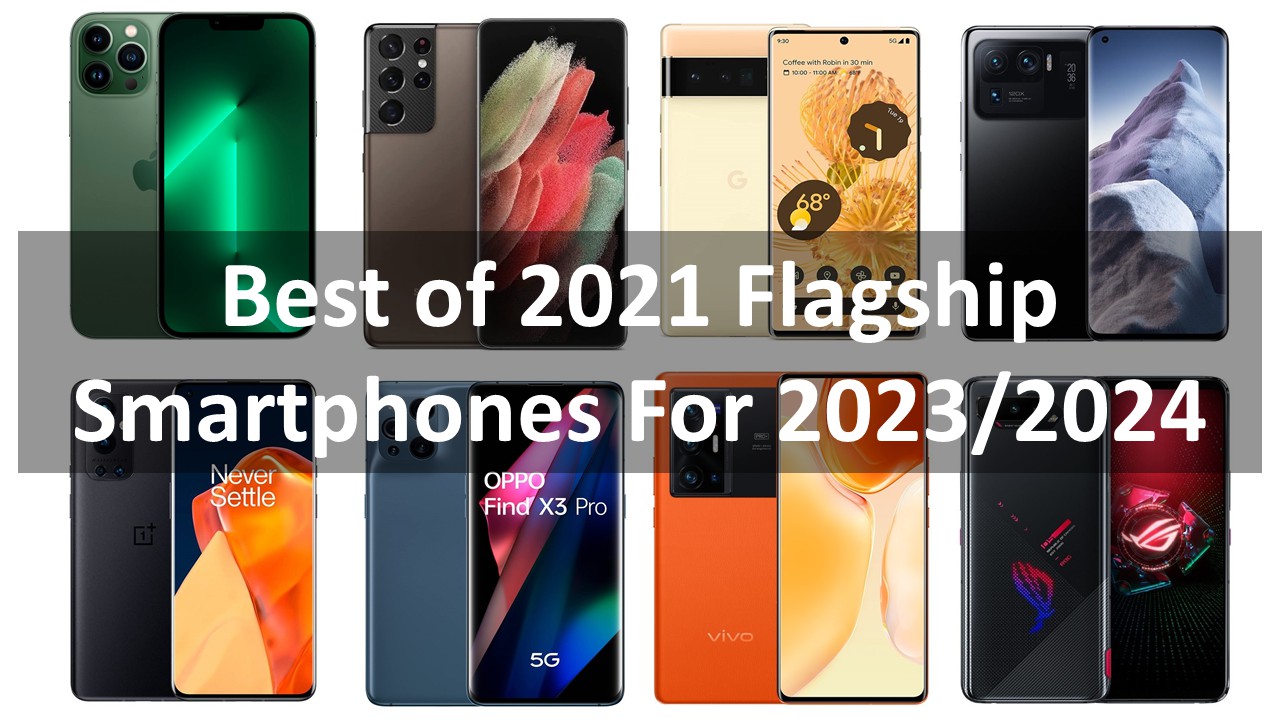
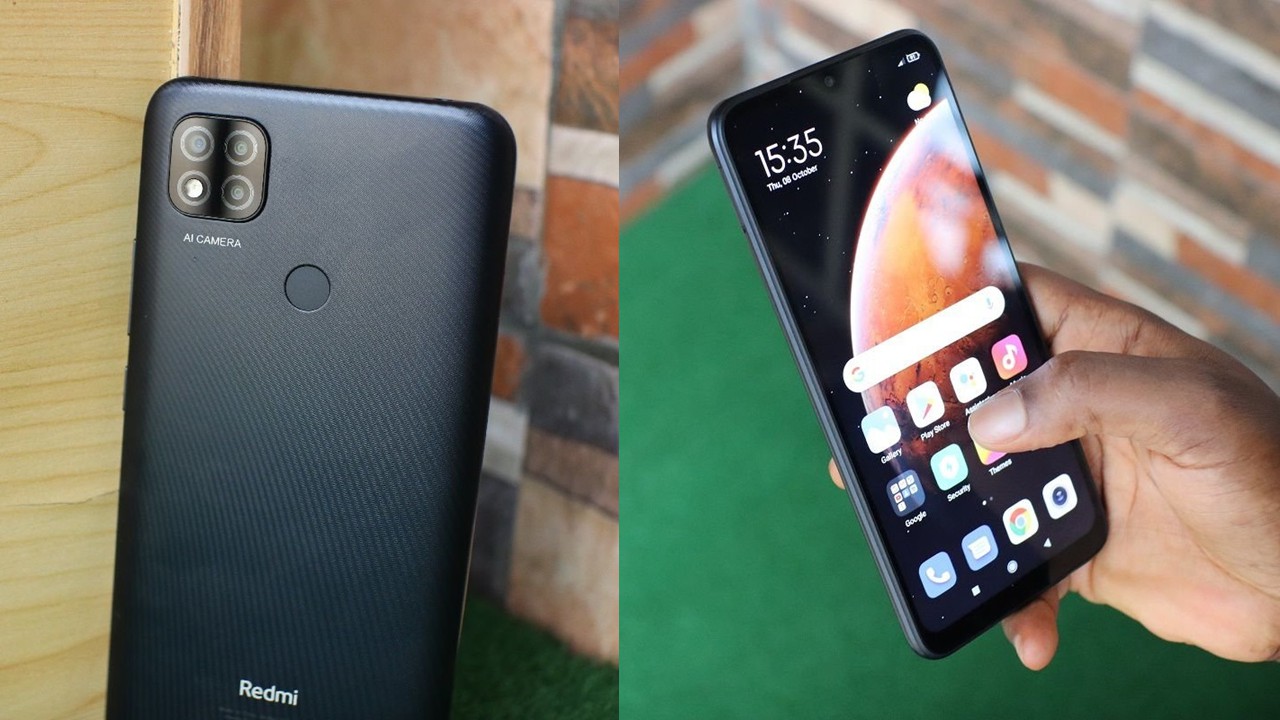

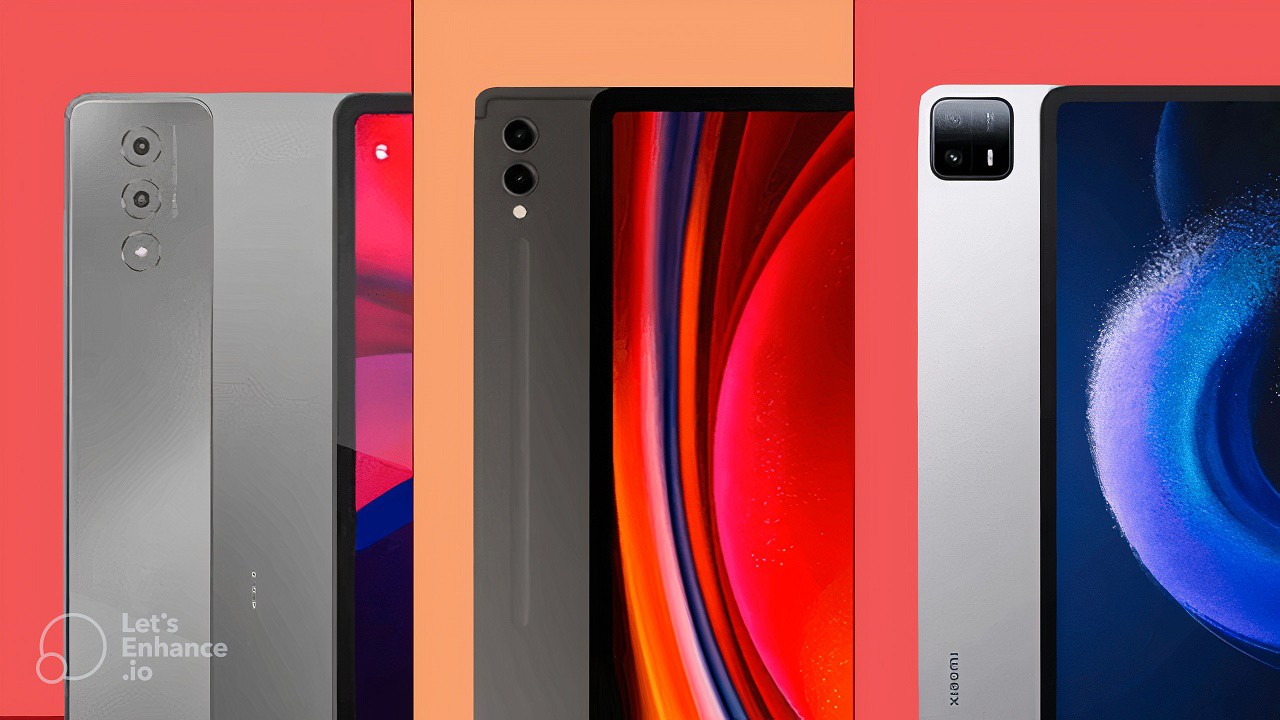
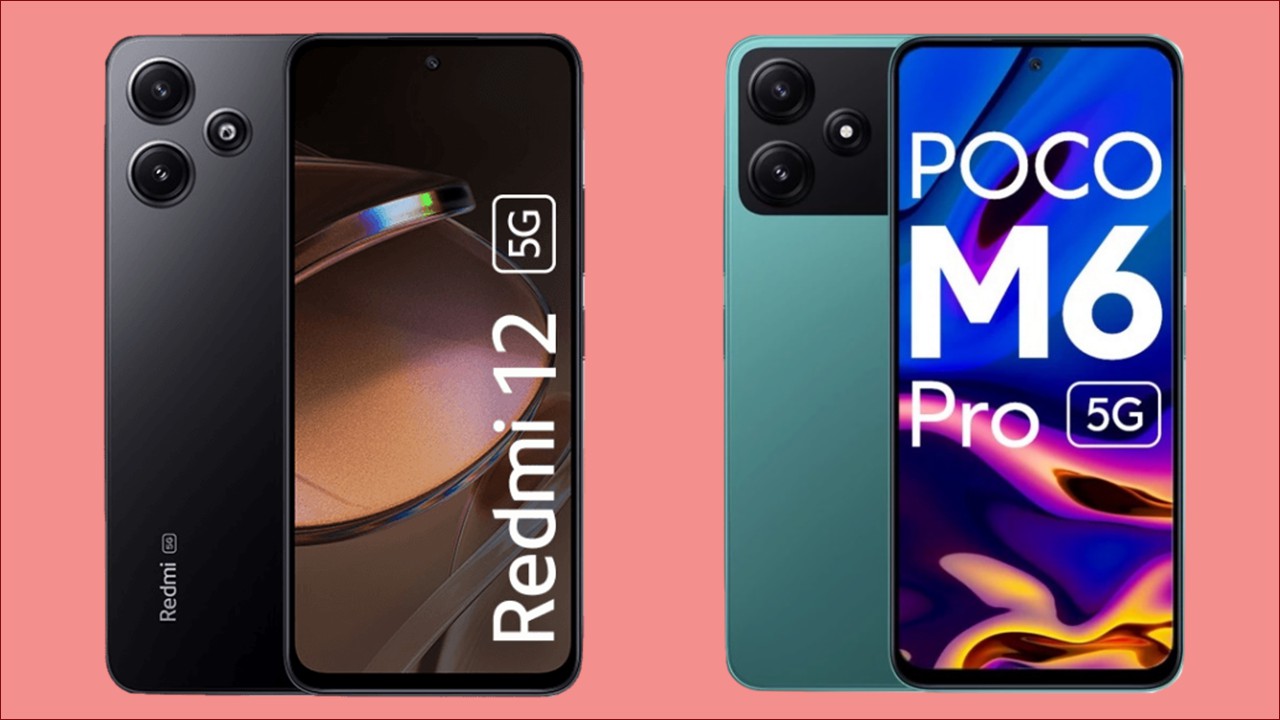
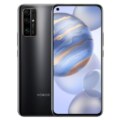
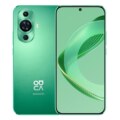
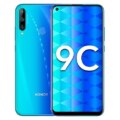
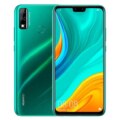
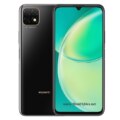

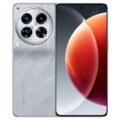
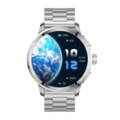
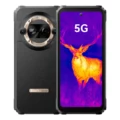
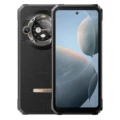
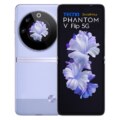
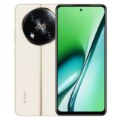

Leave a Reply